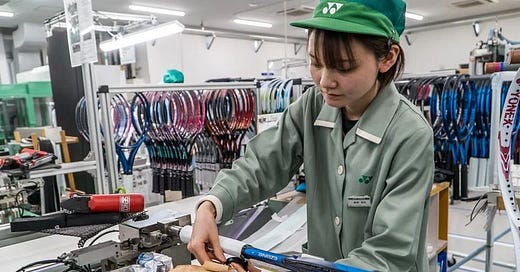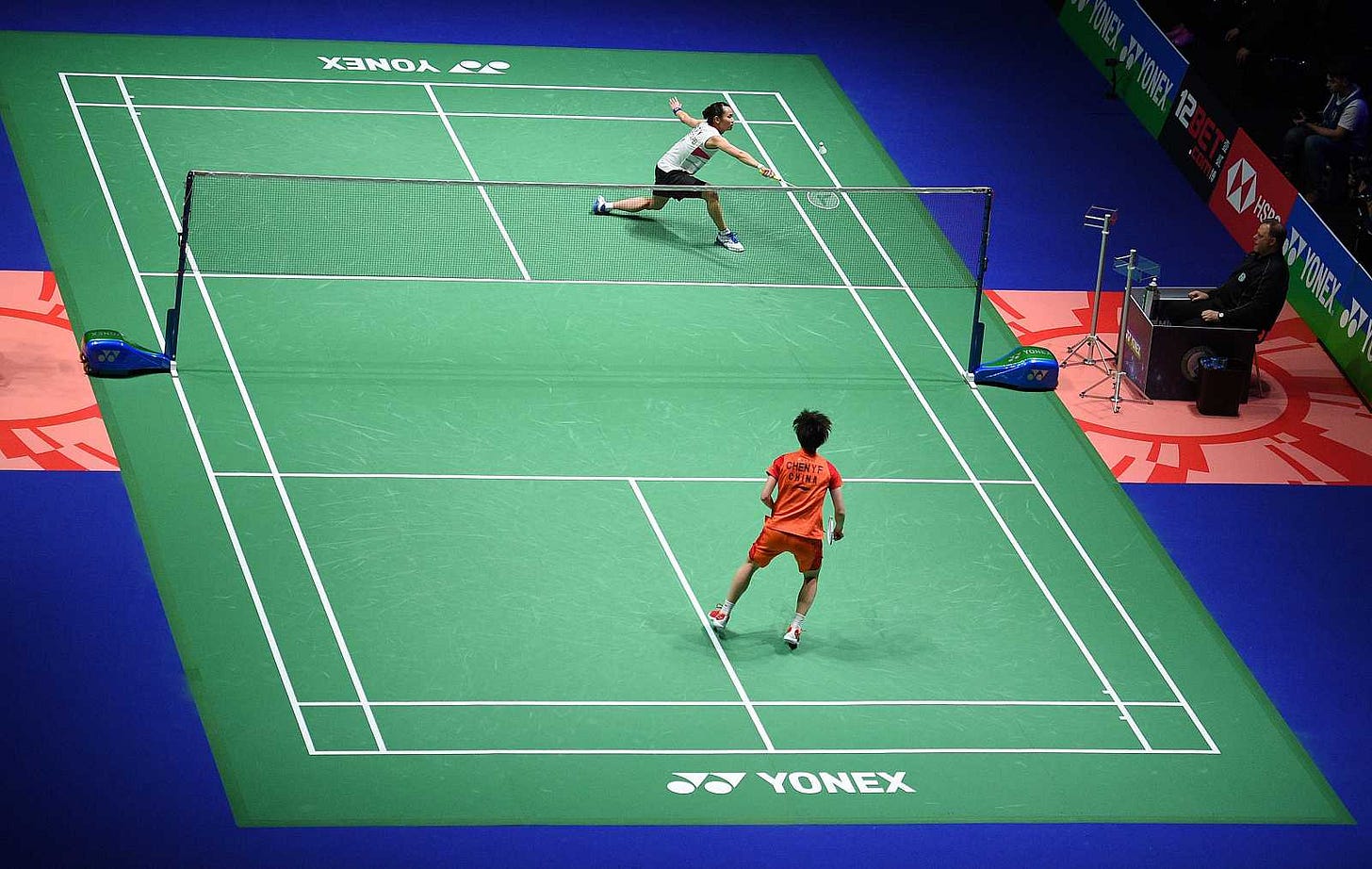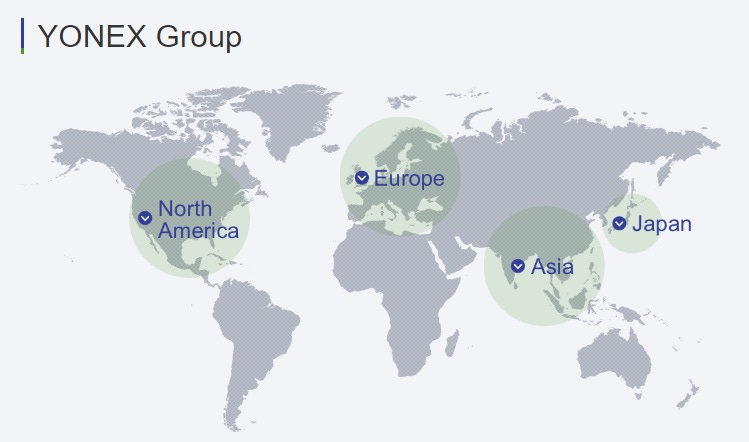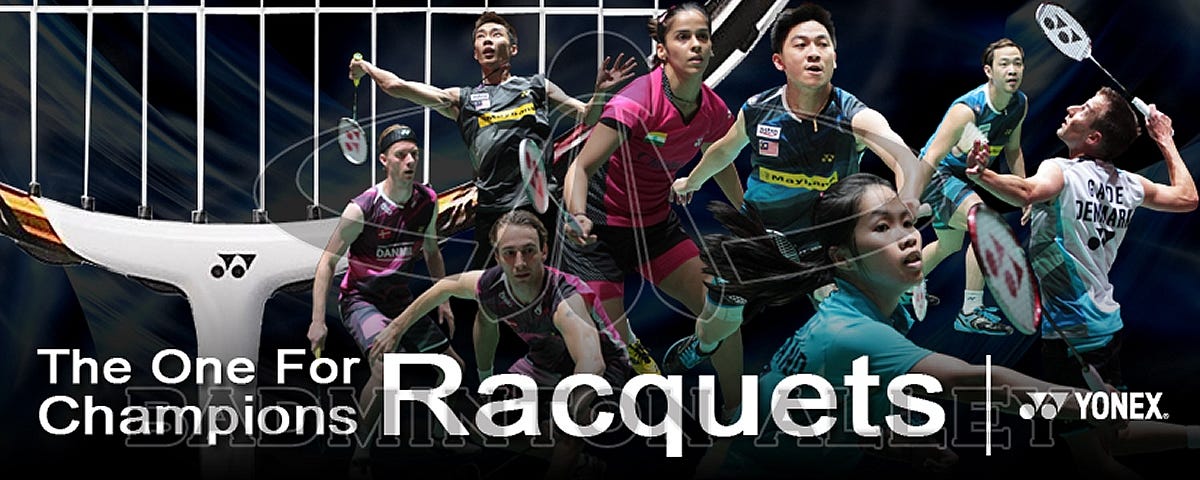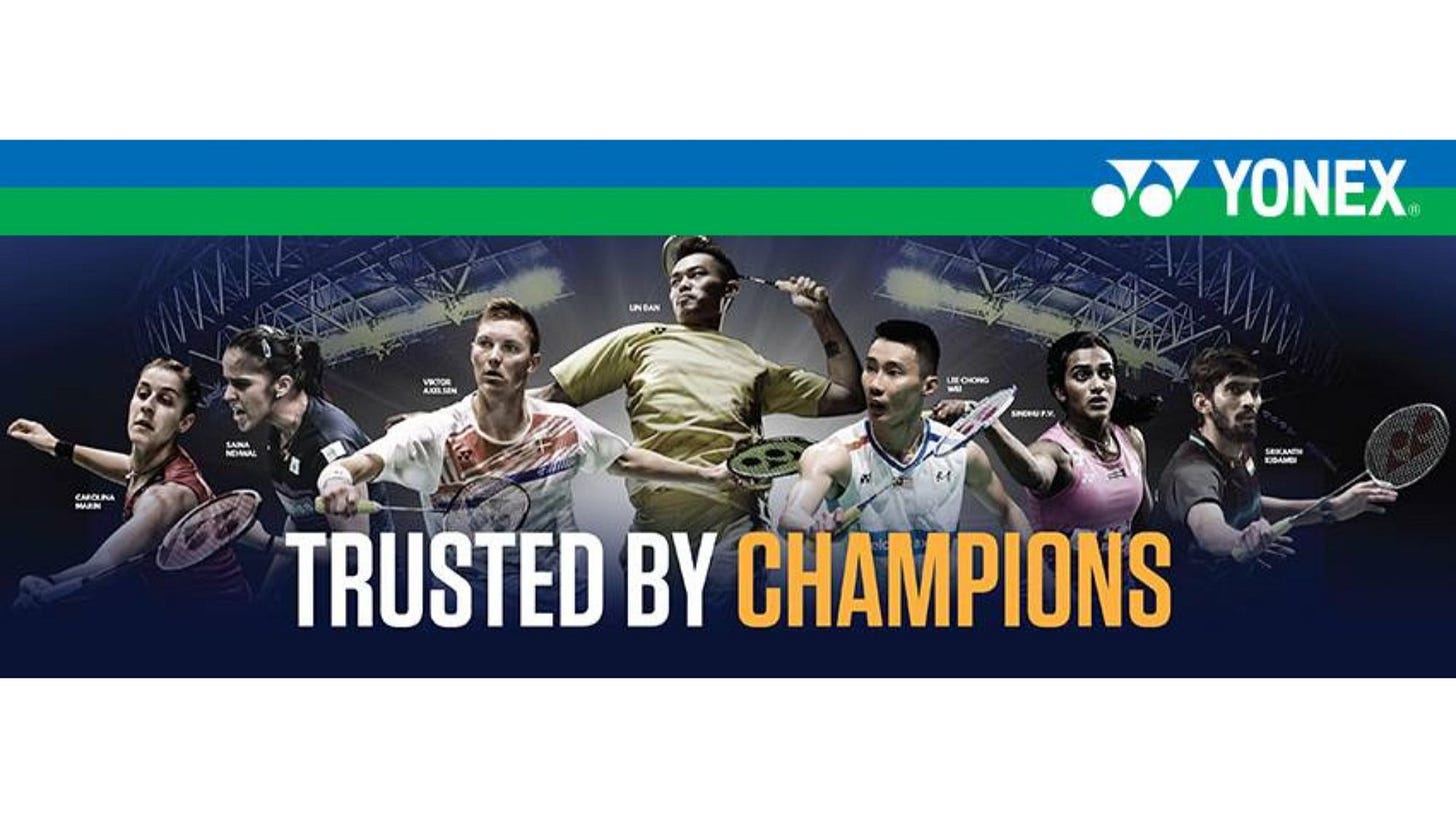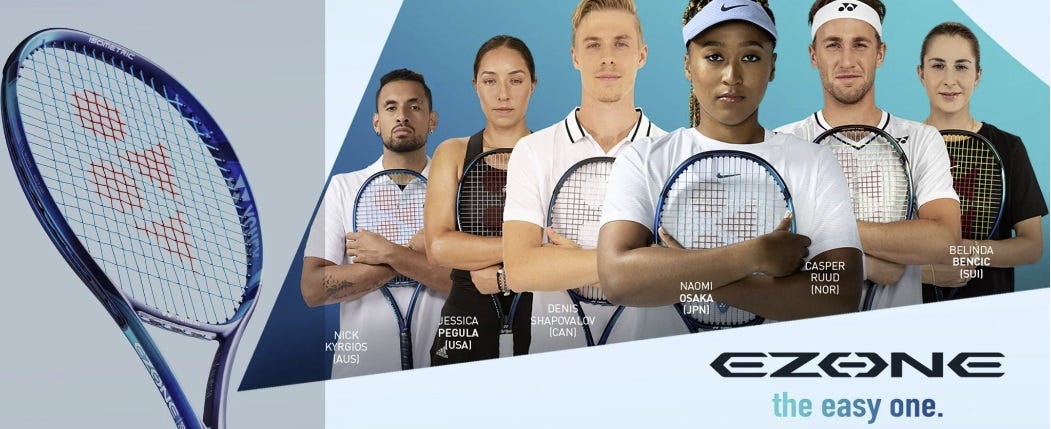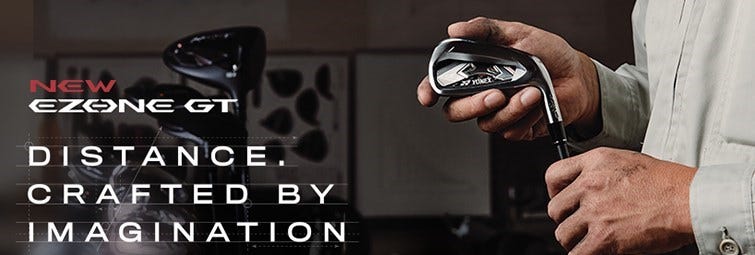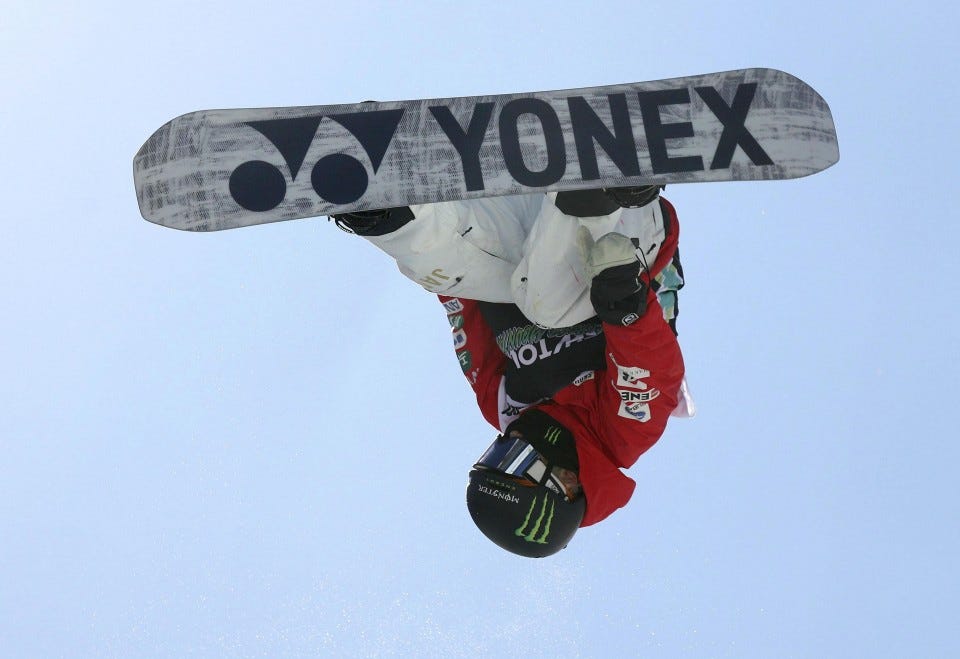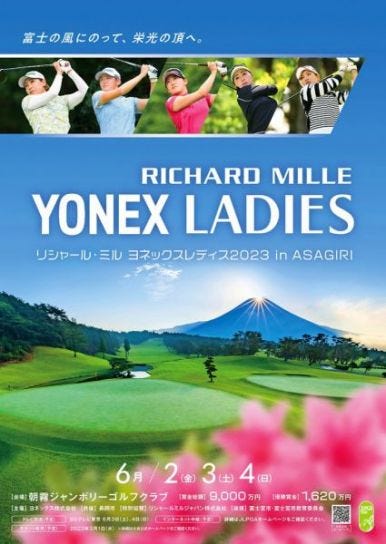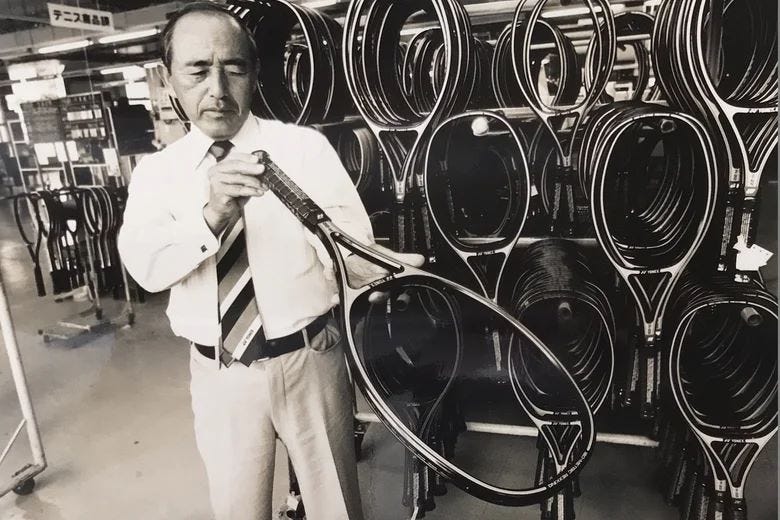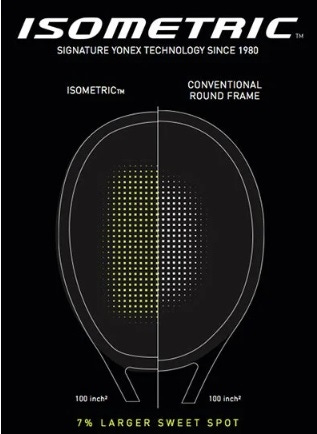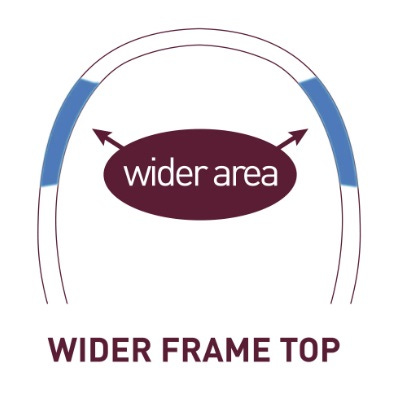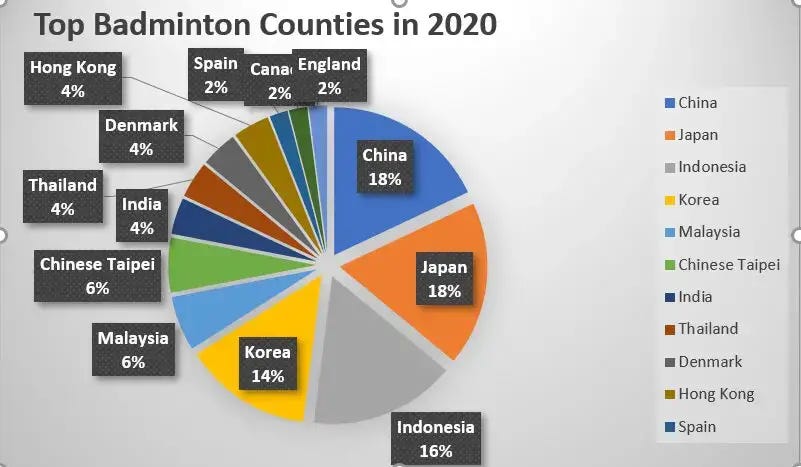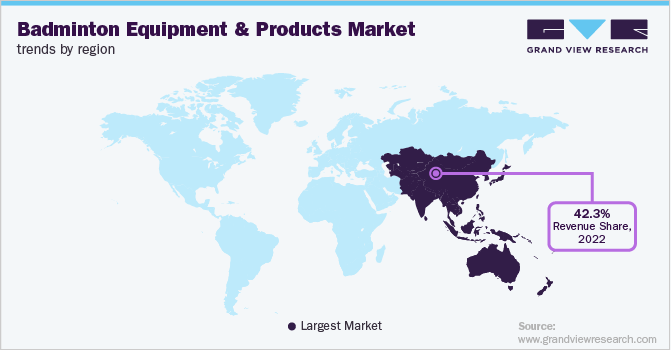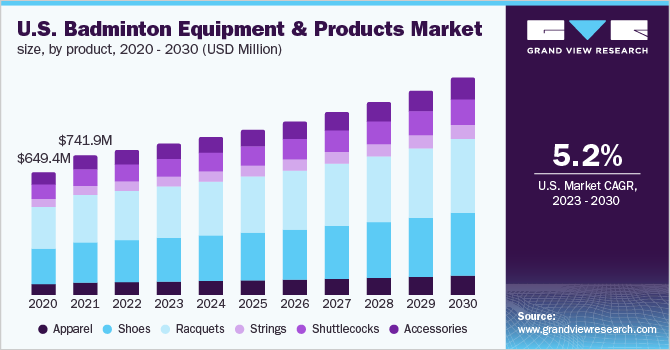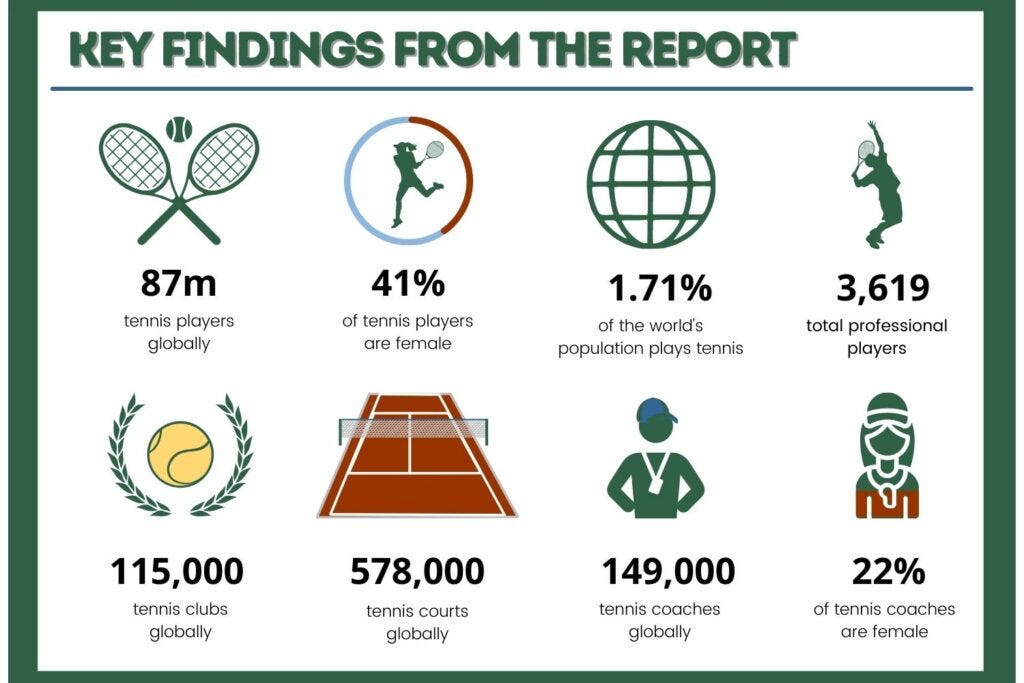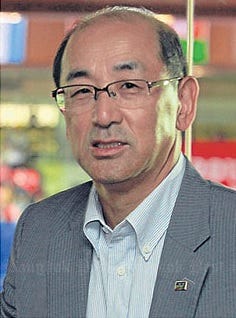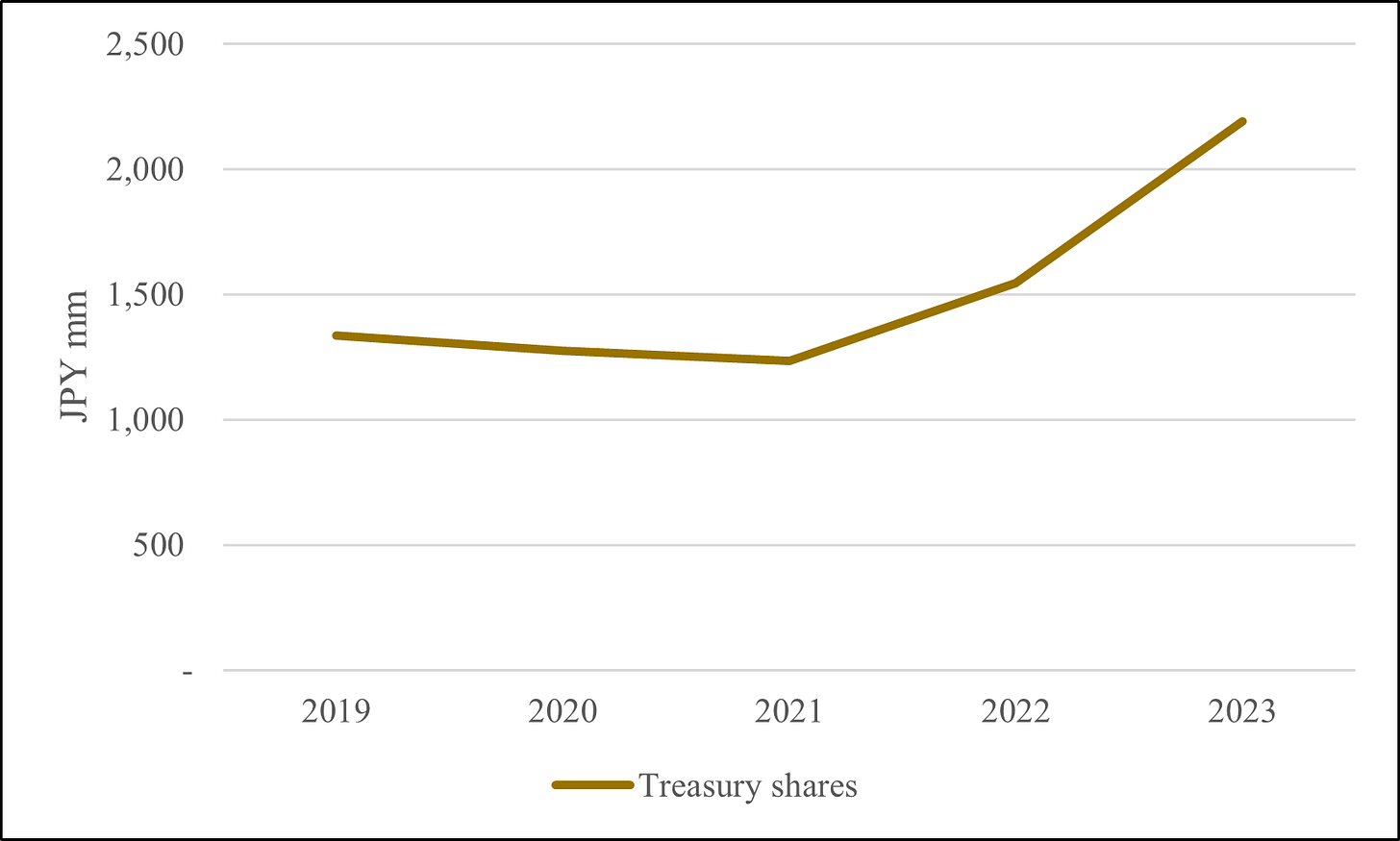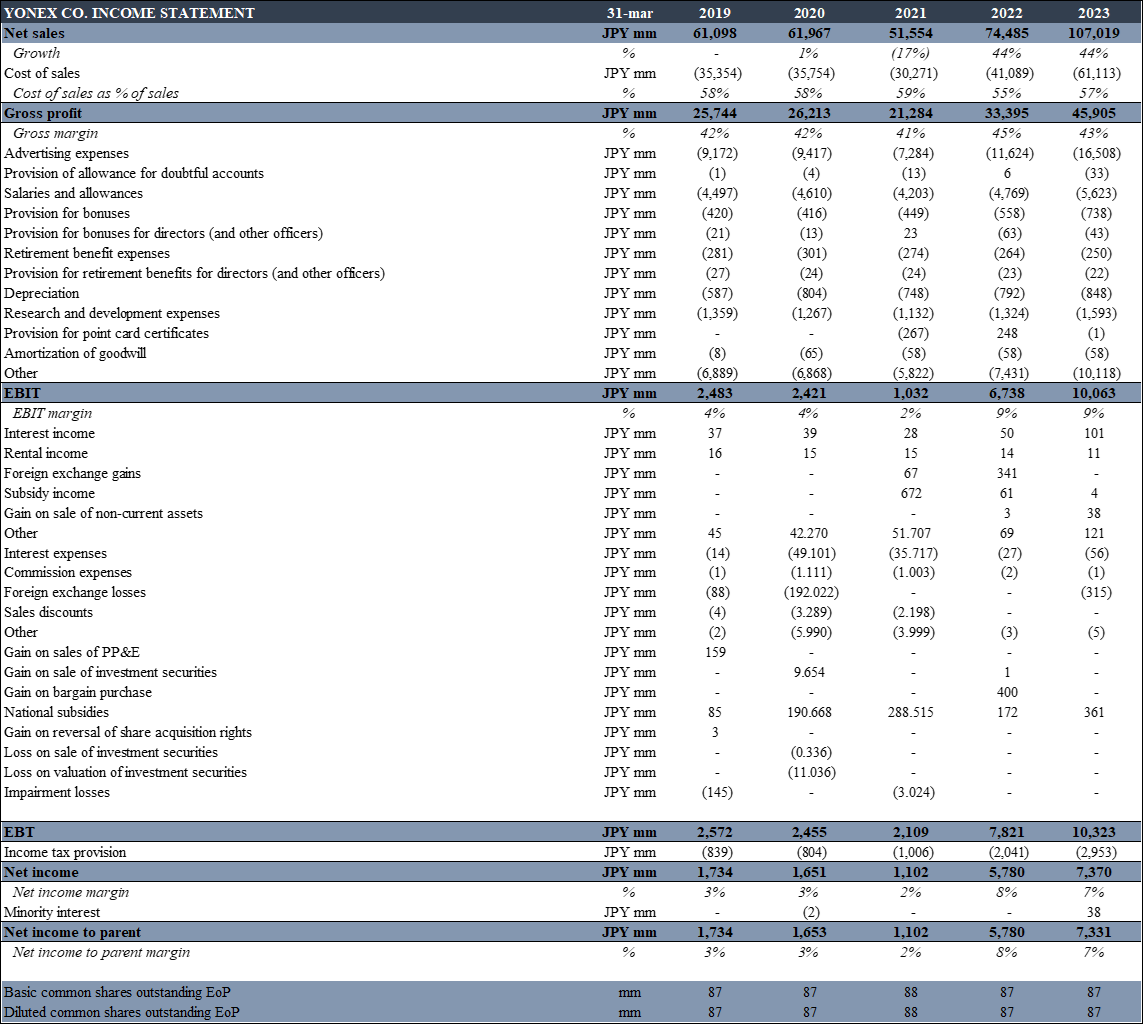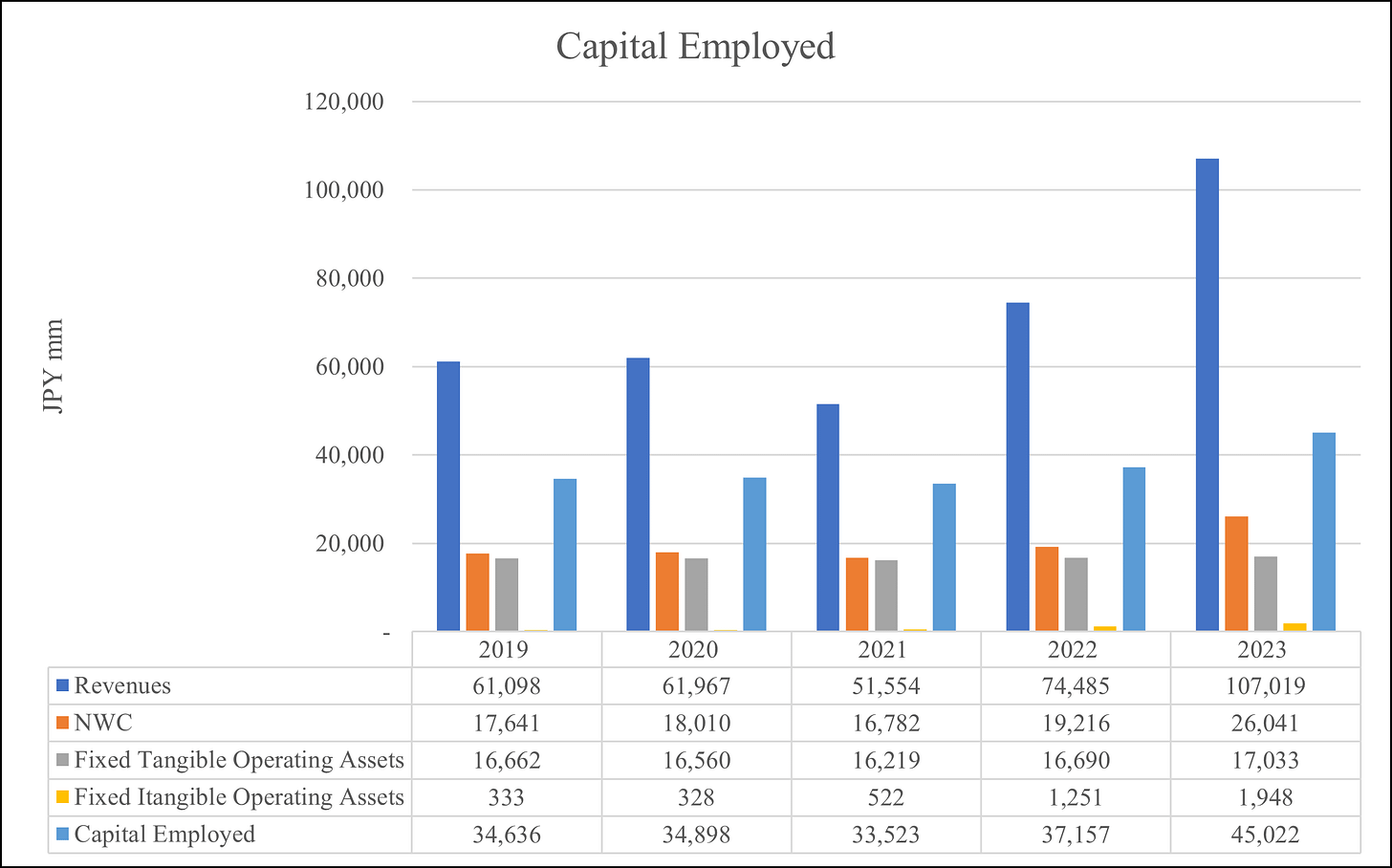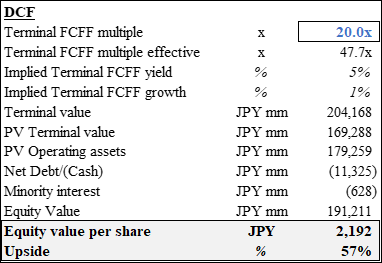Other Recent writeups:
Analysis date: July 14, 2023.
Key Points
Strong growth in revenues: 15% CGAR 2019-2023.
The compound annual rate of the stock price (5y) is around 16%.
Recognizable brand in the badminton and tennis universes.
Geographic expansion plans in big markets such as India and the U.S.A.
Excellent management team, with the Yoneyama Family around 19% of shares.
Disclaimer:
Eloy Fernández Deep Research publishes equity reports periodically. All reports are subject to the following disclaimer.
Eloy Fernández Deep Research gathers information from public (free and paid) databases, company reports and media releases. This information is used as available basis.
Eloy Fernández Deep Research reports should only be taken as guidance. They don’t suppose an investment recommendation. Any investment decision should not be based on the Eloy Fernández Deep Research Report. Eloy Fernández Deep Research is not responsible for any investment decision or later consequences.
The opinion expressed in the reports is my current opinion. This opinion is based on the prevailing market trends and is subject to change.
This report is not a BUY or SELL recommendation.
Introduction
Yonex Co. is a Japan-based company that manufactures, purchases, and sales sports equipment such as sportswear, and also operates related sports facilities.
The Company manufactures badminton rackets, tennis rackets, golf clubs, clothing and shoes, snowboards, shuttlecocks, strings, stringing machines, etc.
Yonex is one of the most famous and well-respected brands in the racquet sports universe.
1946-Yonex marked its beginnings as Yoneyama Company, Ltd. The company was founded by Minoru Yoneyama, a producer of wooden floats for fishing nets.
Yoneyama served in the Imperial Japanese Army. He was captured by the Americans on Okinawa and later held in a prison camp.
1957-The Yoneyama Company evolved into manufacturing badminton racquets in as an OEM for the Sanbata racquet brand.
1961-Sanbata declares on bankruptcy.
1963-Yoneyama established Yoneyama Sports Co., Ltd. to manufacture Yoneyama-branded racquets and expanded its business to the United States and Europe.
1973-In 1973, the “YY Yoneyama” logo is introduced.
80´s -The company was renamed to Yonex Co., Navratilova won the Australian Open, Wimbledon, and US Open with an Yonex racquet and Yonex becomes the title sponsor of the All England Open Badminton Championships.
1994-The parent company was listed on the Tokyo Stock Exchange under the ticker symbol “7906.T”.
2016-Yonex becomes the first Japanese brand to provide stringing services for a major tennis tournament (Australian Open) through the Yonex Stringing Team.
Yonex is the the dominant player in badminton. Yonex sponsors the All England Open Badminton Championships and is a partner of the Badminton World Federation.
Business Model
The Company operates the business and conducts sales in Japan, as well as exports to and intermediary trade with sales agents.
Outside Japan, local subsidiaries handle sales in their respective regions: U.S.A, Canada, The United Kingdom, Germany, Taiwan, and China.
Local subsidiaries in India and Thailand are manufacturing subsidiaries.
Yonex manufactures and sells mainly badminton, tennis and golf equipment, representing close total of sales.
Sports facilities (Golf courses), represent around 1% of total sales.
Badminton
Yonex sells badminton racquets, shuttlecocks, strings, apparel, shoes, bags, etc.
Racquets are sold under ASTROX, NANOFLARE, NANOFLARE 1000, DUORA, VOLTRIC, NANORAY, ARCSABER, CARBONEX, ISOMETRIC, MUSCLE POWER AND B-SERIES models.
Yonex is one of the best-selling racquet on the market.
Top 10 Best Pro Professional Badminton Rackets
Yonex in sponsor of the All England Open Badminton Championships that are celebrated in Birmingham.
Yonex players
Carolina Marin. Ranking 6 BWF Women.
Viktor Axelsen. Ranking 1 BWF.
Chen Yu Fei. Ranking 3 BWF Women .
An Se Young. Ranking 2 BWF Women.
Akane Yamaguchi. Ranking 1 BWF Women.
Badminton represents around 61% of total sales.
Tennis
Yonex sells tennis racquets, strings, apparel, shoes, bags, balls, etc.
Racquets are sold under EZONE, VCORE, VCORE PRO, ASTREL models.
The Yonex EZONE 98 is not only used by Jessica Pegula; it’s the 5th most popular racquet on the WTA Tour [https://www.dadracket.com]
Yonex players
Nick Kyrgios. Ranking 33 ATP.
Jessica Pegula. Ranking 4 WTA.
Belinda Bencic. Ranking 14 WTA.
Casper Ruud. Ranking 4 ATP.
Frances Tiafoe. Ranking 10 ATP.
Caroline García. Ranking 5 WTA.
Tennis represents around 16% of total sales.
Golf
Yonex sells golf equipment such as woods, irons, putters, apparel, shoes, bags, and accessories.
Yonex golf products are mainly sold in the Asian market, representing around 2% of total sales.
Others
It includes running shoes, snowboarding boots, boards, apparel, and accessories.
Others represents around 20% of total sales.
Sports Facilities Division
Yonex Country Club, is the main facility within the sports facilities business segment.
In June, The Country Club hosted the Richard Mille Yonex Ladies Golf Tournament belonging to the JLPGA Tour.
Hyo-Joo Kim is the most popular Yonex golfer. She is positioned 8th in world ranking.
Value proposition
Artisans of success
Yonex was founded during the post-war period in Japan under painful and complicated circumstances.
Over the decades, Yonex has built a company that stands apart from the rest, which makes it unique. Yonex slogan is “Far Beyond the Ordinary”.
Customer orientation. And it is not a topic. At Yonex, all processes are focused on making an exceptional product that satisfies the end customer.
Craftsmanship. Yonex does not make rackets, artisans build them.
Monozukuri. Focus on processes and efficiency.
Design and innovation.
“When everyone makes round racquets, my father makes it square”. Ben Yoneyama.
What sweet is the spot?
“Developed over 30 years ago, the ISOMETRIC™ design increases the sweet spot by 7%*. Compared to a conventional round frame, a square-shaped ISOMETRIC™ racquet generates a larger sweet spot by optimizing the intersection of the main and cross strings.
ISOMETRIC™ technology delivers greater control without sacrificing power”. [Yonex]
A wider frame at 2 o’clock & 10 o’clock position increases the ball contact area, which produces a higher launch angle.
Yonex is a company with a soul. The core of operations is still in Niigata, and much of the products that require highly skilled labor, are manufactured there.
Yonex is probably one of the few tennis and badminton brands that makes their tennis rackets, as well the other products, in Japan, and not in China like all the others (Li-Ning, Wilson, Babolat, Prince, etc).
Yonex rackets are not only incredibly high quality, but they also provide players with a great level of control and power.
Customers
Yonex is a B2B business model where the client is not necessarily the end user. We know that Yonex distributes its products through subsidiaries in The U.S.A., Canada, The U.K, Japan, Taiwan, and Thailand. In addition, The Company sells to local distributors allocated worldwide.
Mexico: La Loma Proshop
Argentina: SUPERBRANDS S.A.
Brazil: Licensing Development
Chile: SPORTING BRANDS LTDA
Panama: Supro Mundial, S.A.
Botswana, Namibia, South Africa, and Zambia: Aurora Sports (PTY) LTD
Egypt: De Quanta
Denmark, Sweden, Norway, Finland, Iceland: Scansport A/S
Belgium, Netherlands, Luxembourg: Distri Sport International NV
France, Spain, Portugal: BDE-Boyauderie de L'est
Switzerland: Y GmbH
Italy: FASSA S.R.L.
Russia: Preppy Consulting LLC
Thailand: Far East Speciality Co., Ltd.
Korea: Dong Seung Trading Co., Ltd.
Singapore: Sunrise & Company (Pte) Ltd.
Malaysia: Sunrise-Sports Sdn. Bhd.
Indonesia: Sunrise & Company (Pte) Ltd.
India: Sunrise Sport (India) Pvt Ltd.
Hong Kong: Sunrise Sports Limited
Philippines: Sunrise & Co. Pte Ltd
Vietnam: SUNRISE SPORTSGEAR VIETNAM LLC
Myanmar: KAUNG MYAT CO., LTD.
Laos: PRO CORPORATE SOLE CO., LTD.
Cambodia: Main Vision (Cambodia) Co., Ltd
Yonex product range is divided into three categories depending on quality and target user: high end rackets (made in Japan), mid-end rackets (made in Taiwan) and low end (made in China).
Product acceptation by distributors depends on end user demand. Thereby, we should understand that athletes sponsored play a key role in theYonex-Customer relationship. Top athletes represent the wishes and dreams of children playing badminton, tennis, golf or snowboarding. Senior amateur players rely on brands that embody all high competition values. Advertising expenses, including sponsoring expenses, represent around 15% of total sales.
Employees
Currently 2590 employees work for Yonex, joining different areas of operating and managerial activities:
Directors and managers.
Administrative.
Sales office
Manufacturing
Maintenance equipment
Marketing
R&D
Cost Structure
Racquets and strings are made of several materials, such as graphite, boron, and kevlar, aluminum, and others. Cost of sales represents around 57% of net sales.
Operating expenses
Advertising expenses. 15% of net sales.
Salaries and allowances. 5% of net sales.
Provision for bonuses and benefits. 1% of net sales.
Depreciation. 1% of net sales.
Research and development expenses. 1% of net sales.
Japanese accounting rules allow amortization of goodwill. However, I dot not consider amortization of goodwill an expense.
Industry
Yonex operates in the consumer discretionary sector, and leisure products industry.
Consumer discretionary industry is highly cyclical. Earnings are dependent on the stage of the business cycle, and its products are not necessities whose purchase can be delayed until the economy improves.
Badminton
In most Asian nations, badminton is “THE SPORT”, badminton is RELIGION. The current top players in the world are from nations like China and Indonesia. They frequently win the majority of international competitions.
Asian countries have dominated the badminton world since its inception, with the most dominant country being China.
How did Carolina Marín break with Asian dominance?
In China, Badminton is played in high schools and colleges all around the nation. There are numerous fans of the sport, and China has presented many elite athletes and Olympic medalists.
Badminton is the national sport of Indonesia and the country has won the prestigious Thomas Cup (a World Men’s Team Championships) for a massive 14 times. It is followed by China, which has won it on 10 occasions.
The population of all these countries is around 4000 mm. Currently, world population is near to 8000 mm.
Worldwide market size is estimated at USD 3,787.4 million, and a growth rate around 5.6% [https://www.grandviewresearch.com]
Competitors
VICTOR
Lining
Wilson Sporting Goods
Babolat
Tennis
Tennis is one of the most popular games in the world, with millions of people regularly engaging professionally or at amateur levels.
The global tennis market size was valued at USD 914.53 million in 2022 and is expected to expand at a CAGR of 3.01% during the forecast period, reaching USD 1092.47 million by 2028. [https://www.marketwatch.com].
Competitors
Babolat
Head
Wilson
Volkl
Golf
There are around 67 mm of golfers in the world, of which 1% are professional, 63% are men, 32% are women , 4% are youth, with 81% recreational golfers. The COVID-19 pandemic has played a significant role in that increase since 2020.
“The Golf Equipment Market size is estimated at USD 11,104.36 million in 2023, and is expected to reach USD 13,647.10 million by 2028, growing at a CAGR of 4.21% during the forecast period (2023-2028)”. [https://www.mordorintelligence.com]
According to www.statista.com :
Revenue in the Golf Equipment market amounts to US$16.29bn in 2023. The market is expected to grow annually by 5.95% (CAGR 2023-2028).
In global comparison, most revenue is generated in China (US$8,284.00m in 2023).
In relation to total population figures, per person revenues of US$3.61 are generated in 2023.
Yonex is the second-largest golf clubs manufacturer in Asia behind Mizuno and ahead of Srixon and Honma. [https://toplist.info/top-list/largest-golf-clubs-manufacturers-in-asia-1261.htm].
Competitive advantages
Intangible assets
Yonex brand is recognized as a prestogious brand worlwide.
What does Yonex mean in Badminton universe?
At January 2022, the company was the owner of approximately 43 trademark registrations.
The customer base has become stronger year by year due to brand status based on decades of innovation, R&D and quality products.
Yonex is easily recognizable in the badminton and tennis universes. Yonex is present in all WTA, ATP and BWF tournaments WTA, ATP and BWF tournaments. Yonex is synonymous with racquet sport.
Most popular Badminton brands.
Growth
The company is focused in growth through The Global Growth Strategy that consists of:
Geographic Footprint from East Asia to other regions such as India and U.S.
India. Growth of the badminton market.
North. America Growth of the tennis market.
Evolution of Craftsmanship Monozukuri.
New R&D Facility “Yonex Performance Innovation Center”.
New Factory in Nagaoka too meet the growing demand for tennis racquets
around the world.
Fortification of IT Investments.
Create “ Yonex DtoC Ecosystem”.
Marketing. Customer centric marketing to satisfy the needs of our diverse customers around the world.
FY 2024 Guidance assumptions:
Net sales. JPY 116,000 mm.
Operating profit. JPY 10,700 mm.
Retribution to shareholders
Dividends
Management Team says:
“The Company views profit distribution to shareholders as its key management priorities and its basic policy is to maintain a stable and appropriate level of dividends for shareholders”.
In the last General Meeting of Shareholders, a total dividend of 7 yen was proposed that the , adding a special dividend of 2 yen per share to a
The total amount of dividends would be 613,409,783 yen.
For FY2023 a Pay-out ratio was around 13%. According to cash position and cash requirements, I consider a cautious dividend policy.
Management team
Alyssa Yoneyama (36). CEO
Since 2015 in The Company.
Ms. Alyssa Yoneyama has marketing experience, and has demonstrated leadership in improving corporate value by leading discussions on medium-to long-term management policies. She is the Ben Yoneyama daughter.
August 2010 Project Coordinator, East Asian Institute, Japan Research Center of University of California, Berkeley.
January 2014 Joined XYZ.COM LLC.
June 2014 Marketing Coordinator of XYZ.COM LLC.
June 2015 Marketing Manager of XYZ.COM LLC.
March 2016 Joined YONEX CORPORATION as Marketing Manager.
January 2018 Senior Marketing Manager of YONEX CORPORATION.
June 2019 Executive Officer and Deputy General Manager, Marketing Division of the Company.
April 2021 Director of YONEX CORPORATION (to present).
June 2021 Director, General Manager, Marketing Division (to present) and General Manager, Global Marketing Office of the Company.
April 2022 President and Representative Director (to present) and President and Chief Executive Officer (to present) of the Company.
Ms. Alyssa Yoneyama owns 316,280 shares (Around 0.40% of total shares).
Ben Yoneyama (66). Chairman and Representative Director.
Since 1981 in The Company.
Mr. Ben Yoneyama has led the YONEX Group’s global development, with abundant overseas management experience and extensive knowledge that he has gained through the execution of operations. He is the son of Minoru Yoneyama, former CEO and Yonex founder.
August 1981 Joined YONEX TRADING Co., Ltd. (currently International Sales Department of the Company).
August 1985 Director of the Company.
June 1993 Executive Managing Director of the Company.
June 2005 Senior Managing Director of the Company.
June 2007 President and Representative Director, and General Manager, Sales Division of the Company.
April 2010 General Manager, Marketing Division of the Company.
June 2015 Chairman and Representative Director of the Company (to present).
Mr. Ben Yoneyama owns 2,569,440 shares (Around 3% of total sahres)
Shuichi Yoneyama (62). Executive Managing Director.
Since 1983 in The Company
Mr. Shuichi Yoneyama has extensive experience in various business areas such as product development, international sales, and upervision of general affairs, and utilizes his abundant experience and knowledge to appropriately supervise the management of the Company as Director in charge of general affairs and as President of YONEX JAPAN.
March 1983 Joined the Company.
June 2005 Director of the Company.
June 2007 Executive Managing Director of the Company (to present).
October 2011 Director and President, YONEX GmbH.
June 2013 Managing Executive Officer of the Company (to present).
May 2016 Deputy General Manager, Sales Division and Supervision of International Sales of the Company.
Director, YONEX CORPORATION.
Director, YONEX TAIWAN CO., LTD.
June 2017 Supervision of General Affairs and General Manager, Legal Department of the Company.
June 2019 General Manager, General Affairs Division (to present) of the Company.
April 2022 President of YONEX JAPAN (to present).
Mr. Shuichi Yoneyama owns 4,256,000 shares (Around 5% of total shares)
Compensation
Director compensation consists of:
Base pay.
Performance-based bonuses for directors.
Restricted stock compensation.
Ordinary General Meeting of Shareholders held on June 25, 2019 were 200 million yen or less per year for basic remuneration and 100 million yen or less per year for performance-linked bonuses.
The Company asks for shareholder approval to revise the basic remuneration to not more than 250 million yen per year (of which not more than 40 million yen shall be for External Directors) and to revise the performance-linked bonuses to not more than 150 million yen per year.
Paid based on plan for granting restricted shares shall be not more than 100 million yen per year, and the total number of common shares to be issued or disposed of by the Company based on this plan shall be not more than 100,000 shares per year.
Outlook
*Revised/ Non data by Covid-19.
Yonex is a familiar business managed for third generation of Yoneyama leneage. Yonex management team has alignement of interest with shareholders holding a significant quantity of shares.
Behind the family is a success story based on a long-term vision and focusing on added value for shareholders.
That is the narrative, but as the Greek philosopher Diogenes the Cynic said, “Movement is demonstrated by walking”. Thus, actions speak louder than words.
In my opinion, the most important role of any CEO is capital allocation in order to add value to shareholders.
Profits can be used for:
Investing in operations
Acquiring businesses
Dividend payments
Repayment of debt
Repurchased stock
All of them increase stockholders’ equity except dividend payment what decrease it.
In many cases, investors focus on companies where practically all the control is exercised by a group or family. Personally speaking, must be a balance between a lack of skin in the game and an excess of control. Yoneyama family owns around 19% of total shares, which is a good figure for a familiar company.
In my opinion, the background of the management team is excellent, with a magnificent level of execution and a long-term vision focused on providing value for the shareholder.
Risks
The impact potential future outbreaks of infectious diseases or other health concerns, could adversely affect business operations.
High exposure to retailer purchasing activity.
Future consumer discretionary purchasing activity.
Changes in foreign currency.
Yonex competes in a very competitive industry. Competitors could take market share from Yonex.
Global economic trends.
High quality financial reporting must be decision useful. I have detected an evident lack of transparency and scope in the available financial information.
Financial Metrics
Financial Statements as reported
Earnings
EBITDA from the lens of Eloy Fernández Deep Research.
FCF decreased in FY2023 due to investments in the new R&D facility, factory in Nagaoka, and a decrease in CFO due to chaneges in WC.
Capital structure analysis
An increase in raw materials and/or work in process inventory may be an indication of an expected increase in demand Higher demand should result in higher revenues and earnings Conversely, an increase in finished goods inventory, while raw materials and work in process are decreasing, may be an indication of decreasing demand and potential inventory write downs in the future.
Finished goods inventory growing faster than sales may indicate declining demand and excessive or potentially obsolete inventory Obsolete inventory will result in lower earnings in the future when the inventory is written down.
Too much inventory uses cash that might be more efficiently used somewhere else.
Capital employed ex-goodwill represent around 42% of revenues.
NWC represent 58% of total capital employed.
CAPEX for FY2022 and FY2023 was around 1692 mm and 4286 mm.
Profitability
The analysis of inventory and gross margin is key for companies like Yonex, which has a high level of WC investment.
We can say that ROE Yonex is from turns and leverage respectively.
Activity
Liquidity
Solvency
Historically Yonex has reported net cash position.
Net cash, low financial leverage and high interest coverage (EBIT/Interest expenses), are typical signs of strong financial health.
Valuation
Considering same level of financial debt:
Next report: July 31, 2023.

